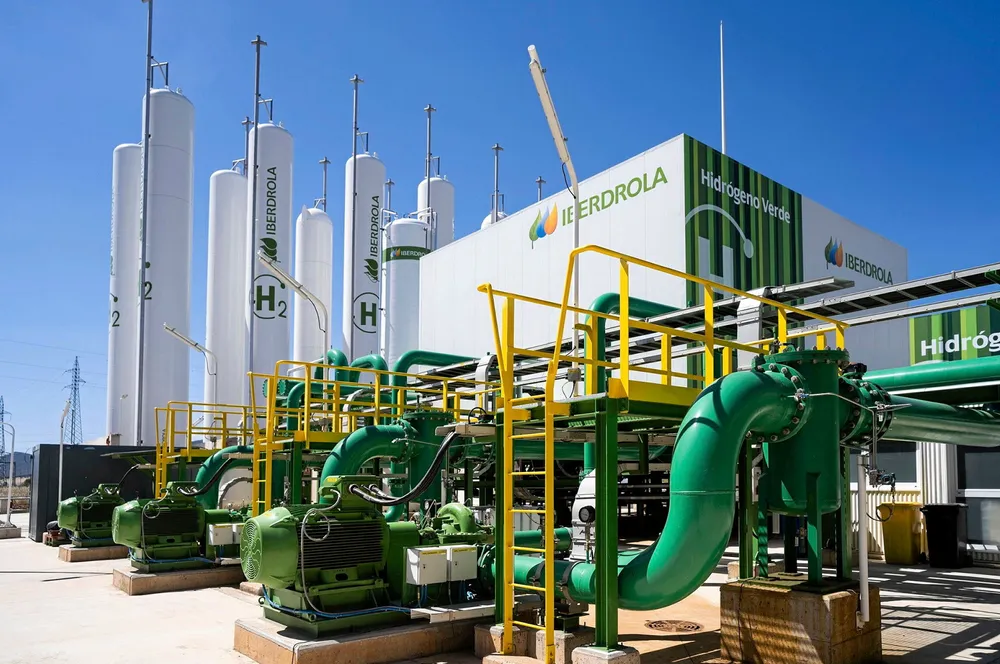'Appetite for green hydrogen production in Spain is about 150% higher than national roadmap target'
‘Census’ taken by Spanish Hydrogen Association finds about 10GW of projects hoping for completion by 2030

‘Census’ taken by Spanish Hydrogen Association finds about 10GW of projects hoping for completion by 2030
